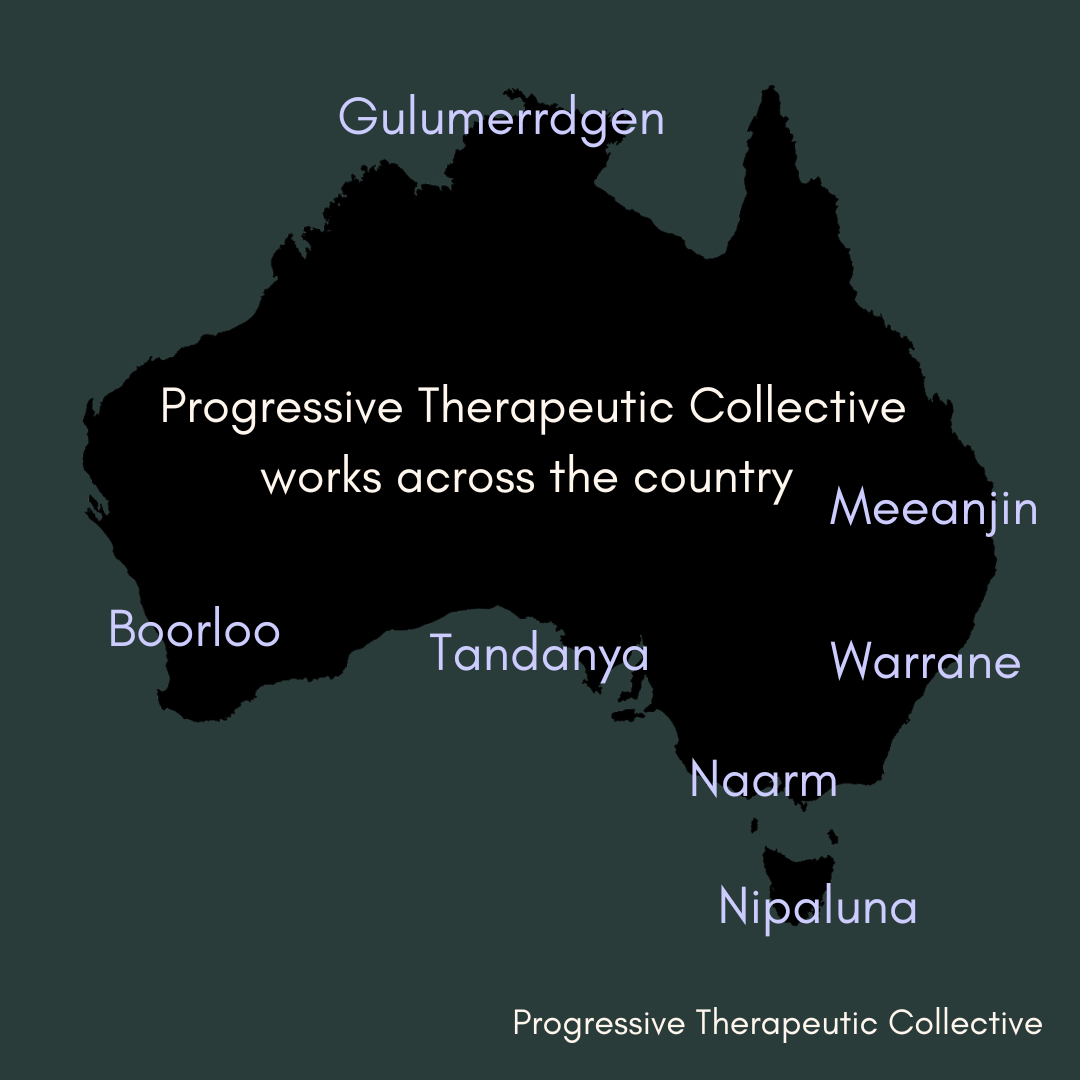The Intersection of PMDD and Gender Identity
Premenstrual Dysphoric Disorder (PMDD) is a severe form of premenstrual syndrome characterised by intense emotional, physical, and behavioural symptoms that can significantly disrupt daily functioning. While PMDD has traditionally been discussed within the context of cisgender women, its impact on non-binary and transgender individuals remains underrepresented. This article aims to comprehensively explore the intersection between PMDD and gender identity, with an emphasis on gender dysphoria, healthcare challenges, and systemic biases in medical research.
Understanding PMDD: Beyond a Cisgender Perspective
PMDD is a hormone-based disorder that occurs during the luteal phase of the menstrual cycle, manifesting in severe mood changes, anxiety, irritability, and physical symptoms like fatigue and pain (Gordon et al., 2020). Historically, research on PMDD has predominantly focused on cisgender women, limiting the understanding of how it affects people across the gender spectrum. However, individuals assigned female at birth (AFAB), including non-binary and transgender individuals, can also experience PMDD, and their experiences may be complicated by additional factors related to gender identity and gender dysphoria.
PMDD and Gender Dysphoria
For transgender men and non-binary individuals who experience gender dysphoria, PMDD can be particularly challenging. Gender dysphoria refers to the psychological distress that arises from a disconnect between one’s gender identity and assigned sex at birth (American Psychiatric Association, 2022). For those with PMDD, hormonal changes during the luteal phase can exacerbate feelings of dysphoria, leading to increased emotional distress and worsening mental health outcomes (Caron & Pritchard, 2021).
A key contributor to heightened gender dysphoria in individuals with PMDD is the monthly reminder of menstruation—a process that is often closely linked with femininity. For transmasculine and non-binary individuals who may seek to distance themselves from female bodily functions, the onset of PMDD symptoms can intensify dysphoric feelings. This cyclical reminder of physical changes associated with their assigned sex at birth can cause severe emotional discomfort and may even lead to suicidal ideation, highlighting the urgent need for appropriate support and intervention (Grimes et al., 2023).
Healthcare Accessibility Challenges
Access to healthcare is a significant challenge for many transgender and non-binary individuals with PMDD. Inadequate medical education on gender diversity and a lack of gender-affirming care often create barriers to diagnosis and treatment (Reed & Braun, 2022). Many healthcare professionals remain unaware of the prevalence and impact of PMDD in non-cisgender populations, which may result in misdiagnosis or dismissal of symptoms.
The traditional approach to PMDD treatment typically includes hormonal therapies such as oral contraceptives, GnRH agonists, or antidepressants (Yonkers et al., 2020). However, these options may not be suitable for everyone. For transgender men and non-binary individuals who are on testosterone therapy, the interaction between exogenous testosterone and endogenous ovarian hormones can complicate treatment plans, often requiring specialist knowledge that many healthcare providers lack. Additionally, some trans individuals may refuse hormone-based treatments altogether to avoid menstruation and its associated dysphoric effects, even if it means enduring severe PMDD symptoms (Davids et al., 2023).
Systemic Biases in Medical Research
Systemic biases in medical research have long hindered comprehensive understandings of PMDD. Most PMDD research has been conducted using cisgender women as the study population, which contributes to the exclusion of gender-diverse individuals from discussions about menstrual health (Santos et al., 2020). The lack of inclusive research not only leads to disparities in healthcare but also perpetuates stigma around menstruation and PMDD among transgender and non-binary people.
Efforts to decolonise medical research and prioritise gender inclusivity are essential to better address the needs of these communities. Decolonial approaches call for the dismantling of the cisnormative framework in menstrual health research and the active inclusion of transgender and non-binary voices in study design and policy formation (Smith & Patel, 2021). This includes employing community-based participatory research, which ensures that transgender and non-binary people are involved in identifying research priorities and solutions that directly impact them.
Towards Gender-Affirming Care for PMDD
To provide equitable and effective care for individuals with PMDD across the gender spectrum, healthcare systems must evolve towards gender-affirming practices. This involves:
Comprehensive Training for Healthcare Providers: Medical professionals should receive training on the unique experiences of transgender and non-binary individuals with menstrual health conditions such as PMDD. This can reduce the barriers to accessing care and foster an environment where all patients feel heard and validated.
Personalised Treatment Plans: Recognising the diversity of experiences among people with PMDD, treatment plans should be individualised. This includes considering the interactions between hormonal treatments, such as testosterone, and the potential impact on PMDD symptoms, as well as offering non-hormonal alternatives when preferred.
Support for Mental Health: Mental health support is crucial for those experiencing both PMDD and gender dysphoria. Therapists and counsellors should adopt a gender-affirming approach that addresses the compounded distress caused by hormone fluctuations and dysphoria. Community support groups can also provide a safe space for individuals to share experiences and coping strategies.
Conclusion
Exploring the intersection of PMDD and gender identity reveals significant gaps in both research and healthcare provision for transgender and non-binary individuals. The compounded impact of PMDD and gender dysphoria requires a nuanced, inclusive approach to healthcare that acknowledges and validates the diverse experiences of people across the gender spectrum. By challenging systemic biases and promoting gender-affirming care, it is possible to improve the quality of life for all individuals affected by PMDD, regardless of their gender identity.
References
American Psychiatric Association. (2022). Diagnostic and statistical manual of mental disorders (5th ed.). American Psychiatric Publishing.Gordon, J. L., Girdler, S. S., & Meltzer-Brody, S. (2020). Hormone-based treatments for premenstrual dysphoric disorder: Current perspectives. Women's Health, 16, 1-10.
Grimes, R., Lopez, F., & Banner, N. (2023). The impact of PMDD on gender dysphoria: A transmasculine perspective. LGBTQ+ Mental Health Journal, 9(4), 202-213.
Yonkers, K. A., Pearlstein, T., & Schmidt, P. J. (2020). Treatment of premenstrual dysphoric disorder. The Lancet Psychiatry, 7(11), 1057-1067.

